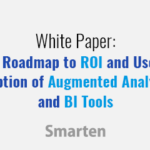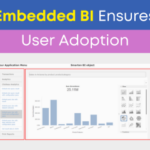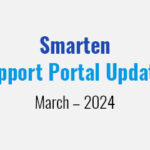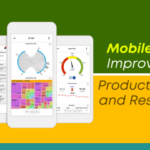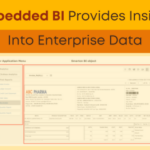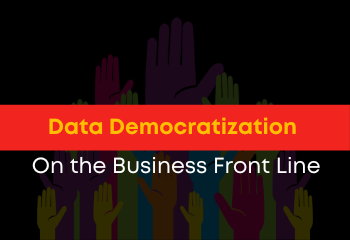
There has been a lot of press about the concept of Data Democratization and the resulting improvement in data literacy across the enterprise and yet, many businesses still see this democratization effort as restricted to middle managers or to the use of analytics within the four walls of the headquarters or regional offices of the enterprise.
But, as with any other discussion of ‘democracy’, there is no true benefit to this concept unless data is truly democratized across the business landscape. The real focus on data democratization is meant to reach the front line workers so that every team member has access to simple, easy-to-use analytics and can use data in a way that is meaningful to their job. It isn’t enough to ask a team member to use data in reports. If the business user and team member does not see or feel the value in their everyday tasks, the business has failed at data democratization.
If you are willing to acknowledge that the real operational decisions are – and must be – made on the front lines, then it is wise to give your team the tools they need to make those decisions in a more efficient, effective manner.
The first step is making the data available to every user. That means planning for and rolling out analytics across the board, typically by starting with one business unit or area and then rolling the initiative out from there until the entire enterprise has access to appropriate, timely, integrated data for use in analytics and decision-making.
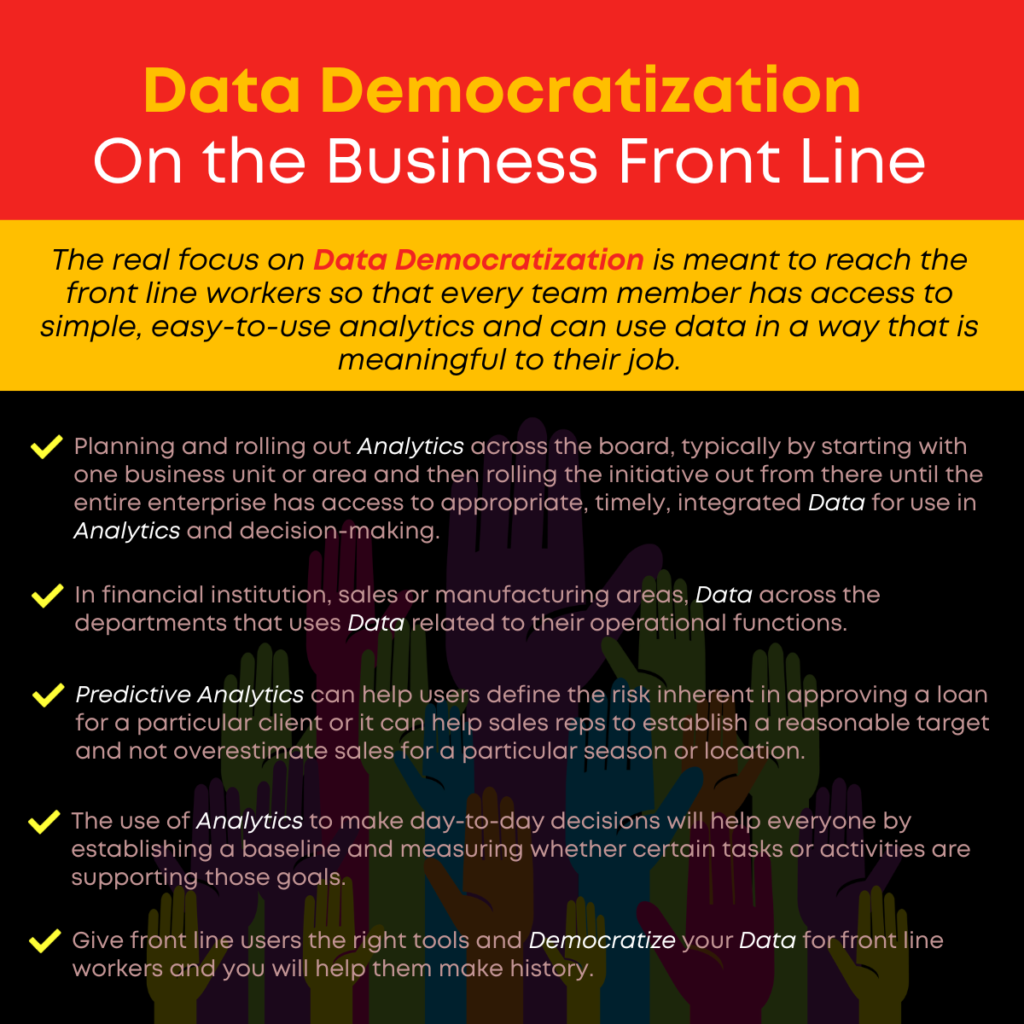
If you are managing a financial institution, that would mean giving access to these tools to your loan officers and your customer service representatives. If you are in sales, your sales reps need to be able to see data and metrics for products, conversion of prospects to customers, returning customers, bundled product and sales initiatives, upcoming discounts and promotions, and more. If you are working in manufacturing, your production line employees need to see and anticipate scheduled maintenance and identify issues with equipment performance, downtime, etc.
Give your line workers, customer-facing representatives and team members access to augmented analytics that are easy to use and will not frustrate them as they attempt to solve problems and identify opportunities to improve or create new ideas to improve results. Predictive analytics can help users define the risk inherent in approving a loan for a particular client or it can help sales reps to establish a reasonable target and not overestimate sales for a particular season or location.
The team members on the front lines are the ones that have to make the tough decisions and, while they have targets and goals and marching orders, the use of analytics to make day-to-day decisions will help everyone by establishing a baseline and measuring whether certain tasks or activities are supporting those goals. It will also help your team by making them more accountable and empowering them with the tools they need to make a confident decision. There is no time for guesswork or opinion in today’s competitive, rapid paced environment.
If you are willing to acknowledge that the real operational decisions are – and must be – made on the front lines, then it is wise to give your team the tools they need to make those decisions in a more efficient, effective manner.
Giving a Sales Manager an analytical tool allows them to monitor and measure performance by location, region, sales representative, product, and other factors. Giving a Sales Representative an analytical tool allows them to make a difference, to see what is working in real time and to share, collaborate and make decisions that will truly affect the bottom line. It isn’t enough to report on the history. Give them the right tools and democratize your data for front line workers and you will help them MAKE history.
Consider the logic of a store manager keeping the key to the stock room on a key chain. If workers have to find the store manager every time they need something out of the stock room, there is a loss of productivity and empowerment. If a stock room has a lock that is opened by swiping an employee ID card, the employee gets what they need, the customer is served and the business has the data it needs to govern and manage its stock safely.
Data is a tool. Data is a part of your product and service offering. That data should drive your decisions on pricing, changes in workflow and activities, planning and forecasting and resource and equipment management. When you put data analytical tools in the hands of your front line workers, you improve the agility, flexibility and performance of your business.
Original Post : Data Democratization On the Business Front Line!




